Contents
Usually we tend to picture animals when we hear the word ‘carnivorous’. Generally no one imagines that plants can also be ‘meat eating’. There are a few species of plants that trap, kill and eat insects and these are called carnivorous plants. Carnivorous plants are usually found in areas where the soil has a nitrogen deficit and in order to fulfill their requirement of nitrogen, these plants capture animals, specially insects and provide a supplement to their diet by eating this unsuspecting prey. The carnivorous plants have bright colored parts, covered with fine hair like structures which attracts the insects. The creature, attracted by the bright hues fly over to the plants and settles down only to be devoured by the plant.
1. Aldrovanda vesiculosa
It generally feeds on small aquatic creatures, using a trap mechanism called a snap trap mechanism. This plant consists mainly of independent floating branch, reaching 6 – 11cm in length. The petioles are attached along with the air contained traps, aiding in floatation. Aldrovanda vesiculosa is a very fast growing plant and can reach 4-9mm a day, in other evidence even providing a daily new whorl.The 2-3mm trap leaves grow in whorls of 5-9 mm, in close succession along the plant’s center branch. As the plant grows from one end, the other end will continuously passed away. The traps basically consists of two folded leaves together to make the surprise traps. The openings of the trap point outwards, and engulfed in a good coating of trigger neurologic, which will cause the trap to shut around any prey that comes nearby. The trap closes rapidly in just 10 milliseconds, making it one of the fastest examples of plant movement in the plant kingdom. Aldrovanda vesiculosa, also known as the waterwheel plant, is a fascinating rootless, meat-eating aquatic plant.
2. Byblis
Most widely known as sundews with at least 194 species, comprises one of the biggest species of meat eater vegetation. These plants can be discovered widely dispersed on every continent except for Antarctica. These plants can form either upright and prostrate rosettes, ranging from 1cm to 1m tall, and it can be live up to 50 years.
Sundews are known by its moving glandular tentacles, topped with sweet adhesive substance. When their preys lands on those adhesive tentacles, the y are able to move more tentacles to trap the insect even further. It will digest the insect and absorb the resulting nutrients, which can then be used to aid growth once trapped with their small sessile glands.
3. Drosera
Drosera is a small species of meat eating vegetation originated from Australia. The name itself comes from the amazing physical body of their covered adhesive leaves in the sun. Although these vegetation looks the same with the Drosophllum and Drosera, they are not related in any way and can be identified by their zygomorphic flowers with five curved stamens.
The leaves have a round cross part, and they tend to be very elongated and tapered at the end. The surface of the leaves are completely covered in glandular neurologic that release a sticky adhesive substance, which in turn small insects on the leaves or tentacles as a passive flypaper booby trap.
4. Pinguicula
The leaves are luscious and generally have a brilliant color in pink or green. There are two unique kinds of cells discovered on the top of the leaves. One is referred to as a penduncular gland, and includes secretory cells on top of a single stalk cell. These cells produce a mucilaginous secretion which forms noticeable droplets throughout the leaves surface area, and imitates flypaper. The other cells are called sessile glands. They lie flat on the leaves surface area and produce enzymes like protease, esterase, amylase, which help in the absorbing procedure.There are approximately 80 types that can be discovered throughout Europe, Asia, South and North America. Where some butterwort types are meat-eating throughout the year, numerous types form a tight winter season rosette, which is not meat-eating. When summer season comes, it brings with it brand-new blossoms and a brand-new set of meat-eating leaves. Pinguicula is a member of meat-eating vegetation that utilize glandular leaves yet it sticky to entice, trap and absorb pests. The nutrients from the pests supplement the bad mineral soil material.
5. Utricularia
This is an example of meat-eating vegetation consisting about 220 types. They are discovered in fresh water and wet soil as aquatic or terrestrial types, on every continent except Antarctica.
In contrary,they are the only meat-eating vegetation utilize of their bladder traps. A lot of species have really tiny traps, in which they can catch only small victim, like protozoa. Traps can range from 0.2 mm– 1.2 cm, with larger traps, trapping bigger prey like small tadpoles and water insect.
The traps have little trigger hairs connected to a trapdoor. The bladder, when set, is under negative pressure in relationship to its surrounding aspect. When the trigger hairs are tripped, the trap door opens, traps the insect and surrounding water, and it only less than 10 seconds to closes the door once again.
6. Darlingtonia Californica
Their leaves are round and form a hollow cavity, with a opening positioned below a inflamed, balloon like structure and 2 pointed leaves hanging off the completion like fangs. Unlike the majority of pitcher plants, the Cobra Lilly doesn’t use a fake trap, however rather lobster pot traps. As soon as within, pests are puzzled by the huge light speckles enabled to shine through the plant. When they land, there are countless great thick hairs that grow inwards, they can follow the hairs much deeper in the direction of the digestion organs, however they can’t reverse or move backwards to get away. Likewise called the California Pitcher plant or the Cobra Lilly, is the single member of the darlingtonia types, and it’s belonging to Northern California and Oregon. They grow in bogs and seeps with cold running water and, due to its rarity in the field, it is designated as unusual.
7. Genlisea
A little natural herbs with orange colored blossoms that utilizelobster pot traps (Traps that are simple to get in however it’s difficult to exit, like using of little hairs growing in the direction of the entryway or in this case, the ever forward spiral). These plants have twobunique kinds of leaves– photosynthetic leaves above ground, and specialized underground leaves to bring in trap and absorb minute organisms, like protozoans. These underground leaves likewisecarry out the tasks of roots, like soaking up water and anchorage, as the plant does not have any. These underground leaves form hollow tubes under the ground, these tubes have a forward pushin curly shape, and with the help of consistent water circulation, little germs can make their method into these tubes, however can not discover an escape once more. When they reach the right part of the tubes, they will certainly be absorbed and soaked up.
8. Sarracenia, or the North American Pitcher plant
The North American Pitcher Plant or Sarracenia is a types of meat eating vegetation originated from the eastern part of seaboard, Texas, the south eastern Canada and great lagoon, along with the most types being discovered only from there. It’s also the first vegetation with a visible unique fake trap. The leaves of these vegetations are developed into a wide hood of funnel to avoid rain water from absorbing the absorption juices. Their prey are attracted with the smell of their secretion nectar. This procedure makes their prey fall into their pouch and directly absorbed by their enzyme and protease.
9. Nepenthes
The monkey cups or pitcher plants, or Nepenthes are another types of meat-eating vegetation with fake traps. There approximately 130 types that are large expanded, and they are discovered in Borneo, Sumatra,Philippines, Malaysia, China, Indonesia, Australia, Madagascar, Seychelles, India. Monkeys are usually drink for them and that’s why this plants is given a name as the monkey cup.The majority of these types are towering in height. With their slight root system, you will certainly saw a blade like leaves along with a tendril for climbing up extending from the edge of the leaf. the pitcher initially forms as a little round object, which then broadens and forms the cup. The trap consists of liquid, provided by the vegetation, which might be sticky and moist to engulf and absorb the pests. The lower section of these plants consists of glands that soak up and disperse nutrients. The majority of these plants are little and have the tendency to trap primarily pests, however some bigger types, like Nepenthes Rajah and Nepenthes Rafflesiana, have actually been recorded to capture little mammals like rodents.
10. Venus flytrap
These projection show quick plant activity by snapping shut when distinct sensory hairs are promoted. The Venus Flytrap is the most popular meat-eating plant and it usually feed on spider and pest as their favorite preys. The plant is so innovative that it can discriminate between non-living stimulus and live stimulus. This is a little vegetation eqipped with 4-7 leaves on it. The leaves are grows from a subterranian stem. This projection show quick plant activity by snapping shut when distinct neurological hairs are promoted. As quickly as the victim is not able to obtain away and the inner surface areas of the lobes are being promoted continuously , the tip of the stem fuse and grow together, imprisoning the trap and establishing a restricted “stomach” where food absorption and digestion can be take place. The projection directly shut around 0.1 seconds. They are fringed by stiff thorn-like protrusions or cilia, which balance together and avoid huge victim from fleing.. The projection snap shut around 0.1 seconds. They are fringed by stiff thorn-like protrusions or cilia, which balance together and avoid huge victim from fleeing.
11. Moccasin
The next carnivorous plant is Moccasin. Moccasin is also known as the Western Australian Pitcher plant. These insect silent hunters can be located in the southwest part of Australia. Moccasin has shorter pitcher with wider mouth and usually, moccasin can be located in a groups.
12. Portuguese sundew
Portuguese sundew is a carnivorous plant originated from Spain, Morocco and Portugal. Portuguese sundew can be located on the wasteland. This plant has different aroma used to attract their prey to come.
13. Brocchinia Reducta
Brocchinia Reducta is a native carnivorous plant originated from South America. This plant catches their prey with their leaves shaped like a cup. Brocchinia Reducta uses their sweet aroma to attract the insect’s attention. The amazing fact about this carnivorous plant is, they can adapt in every kind condition.
14. Heliamphora
Heliamphora have 23 species of carnivorous plants. Heliamphora is originated from the South America. The leaves from this plant are shaped like a tube contained with liquid. The unfortunate insect who drown into this plant will be directly consumed.

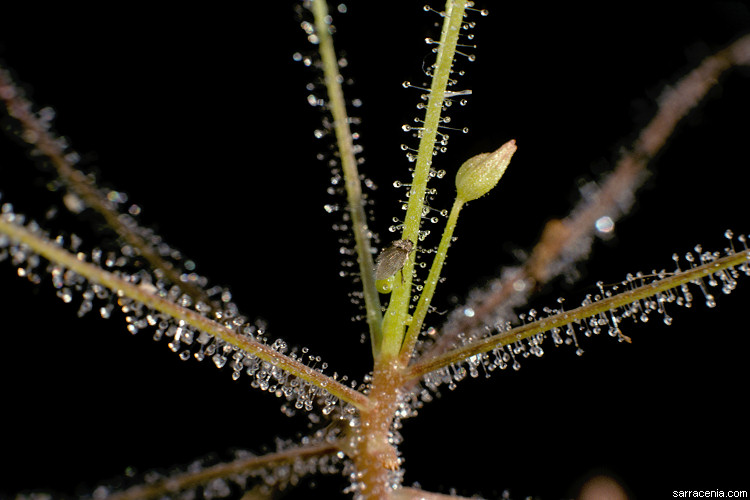

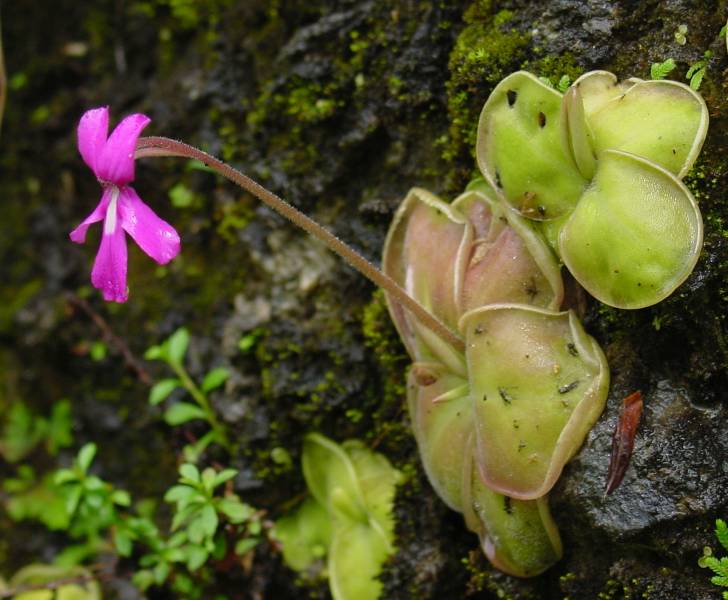
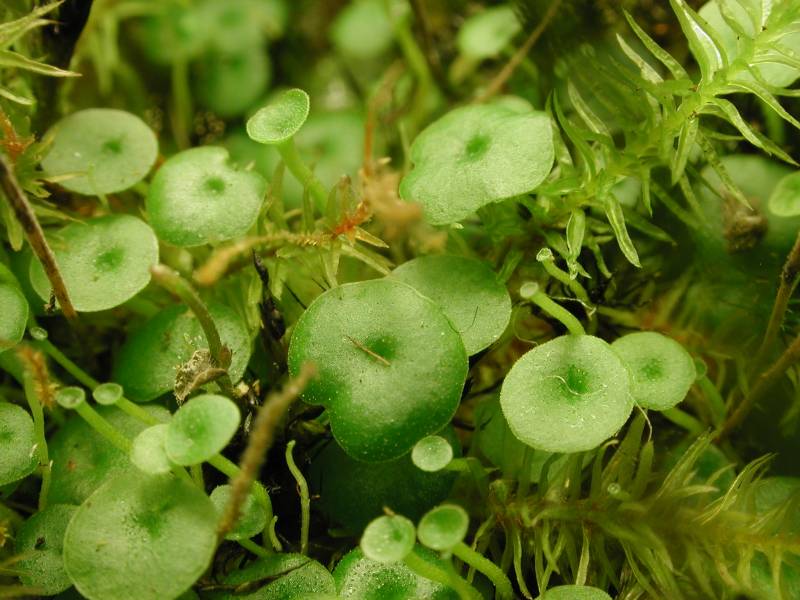
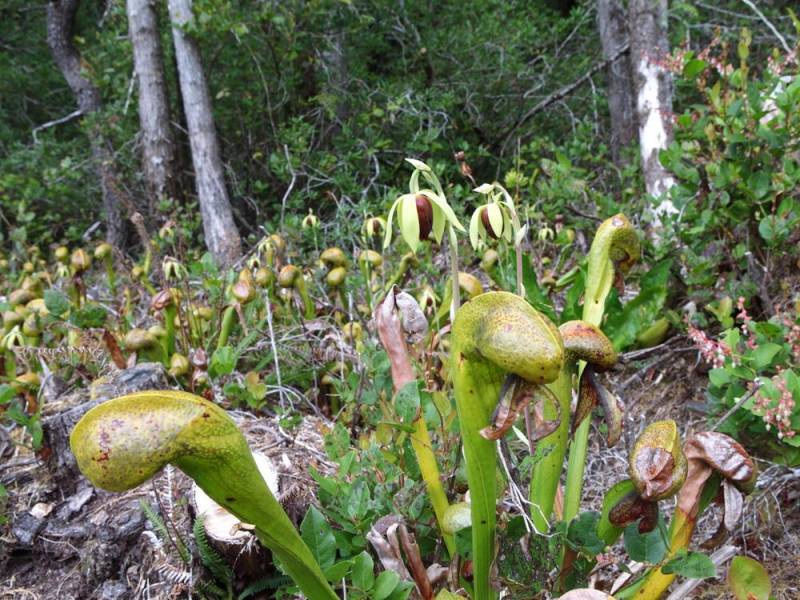
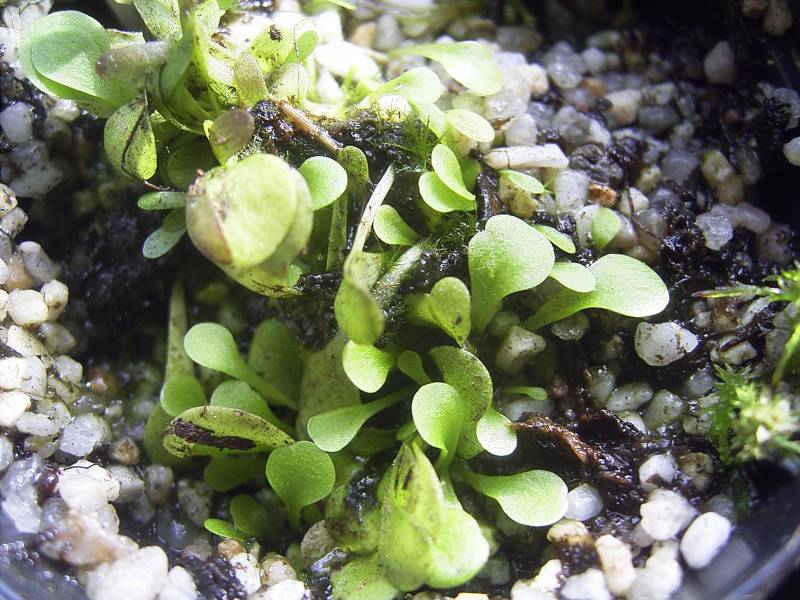

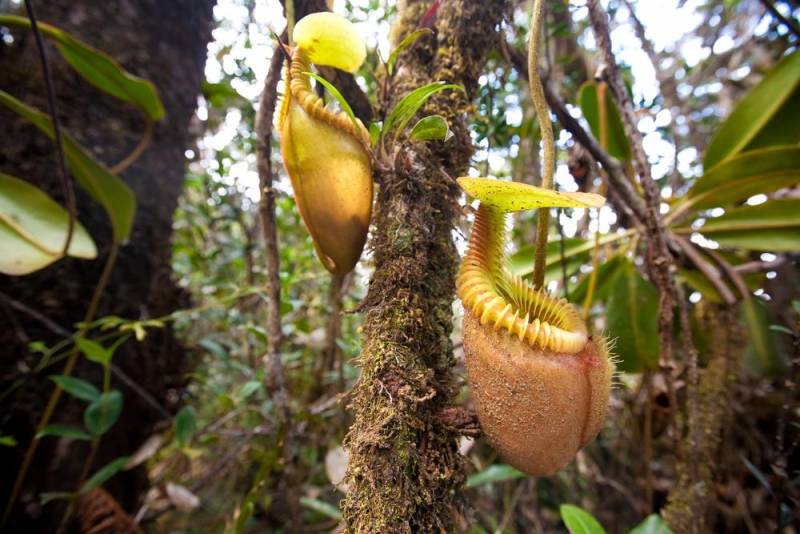
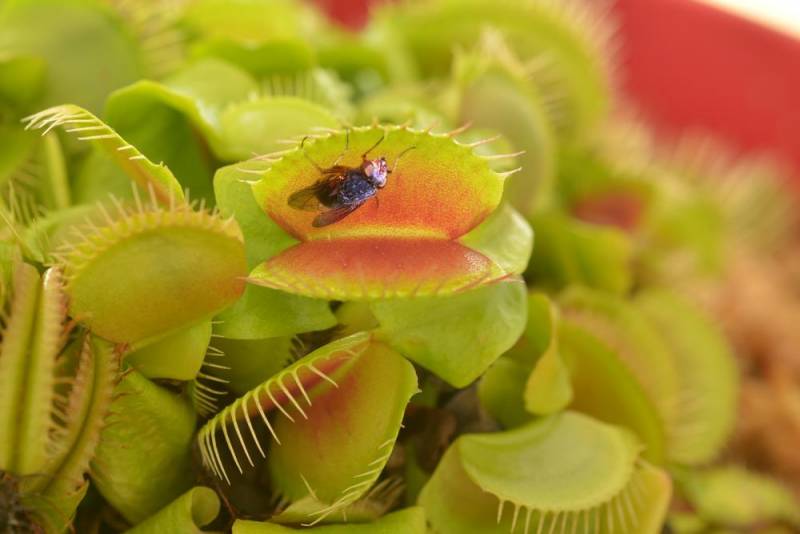
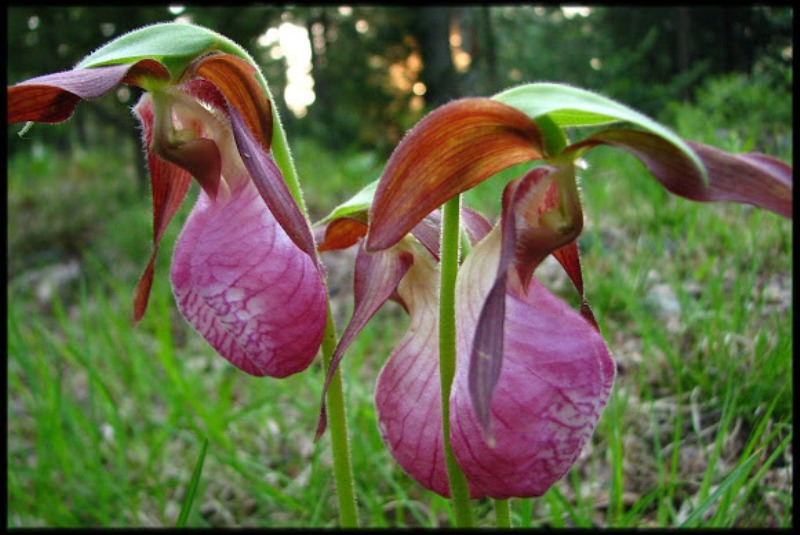

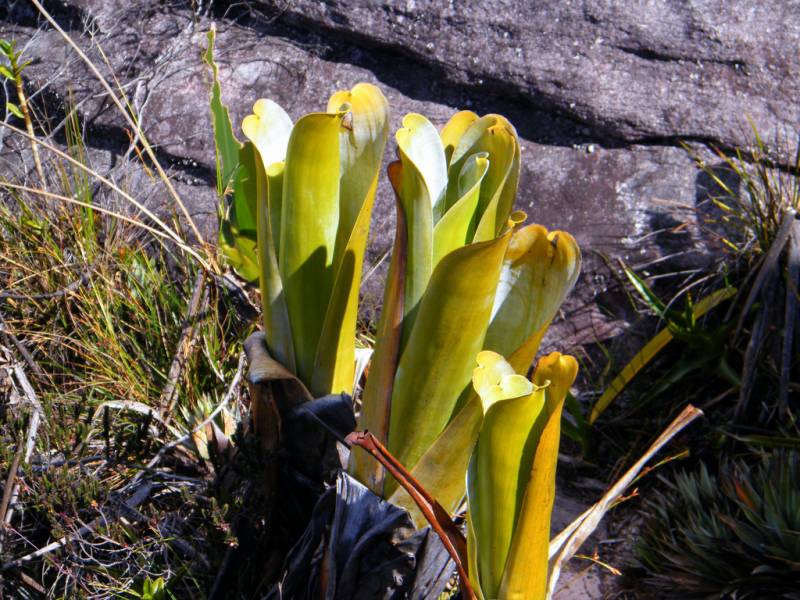
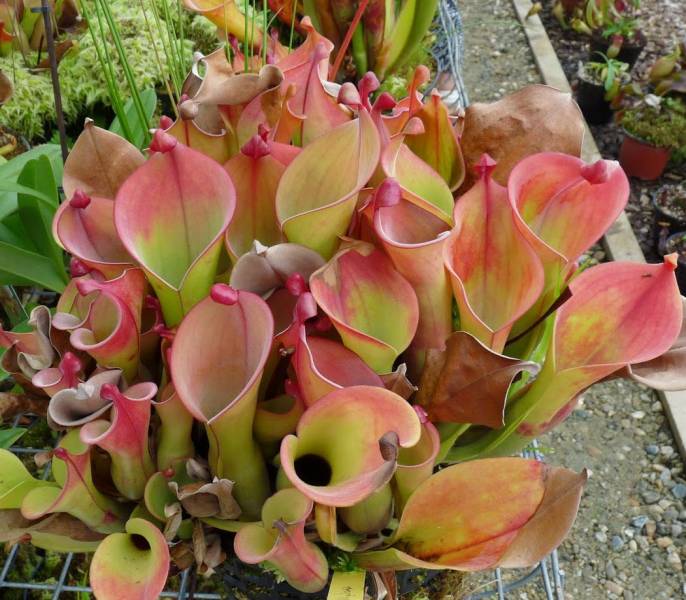
Leave a Reply